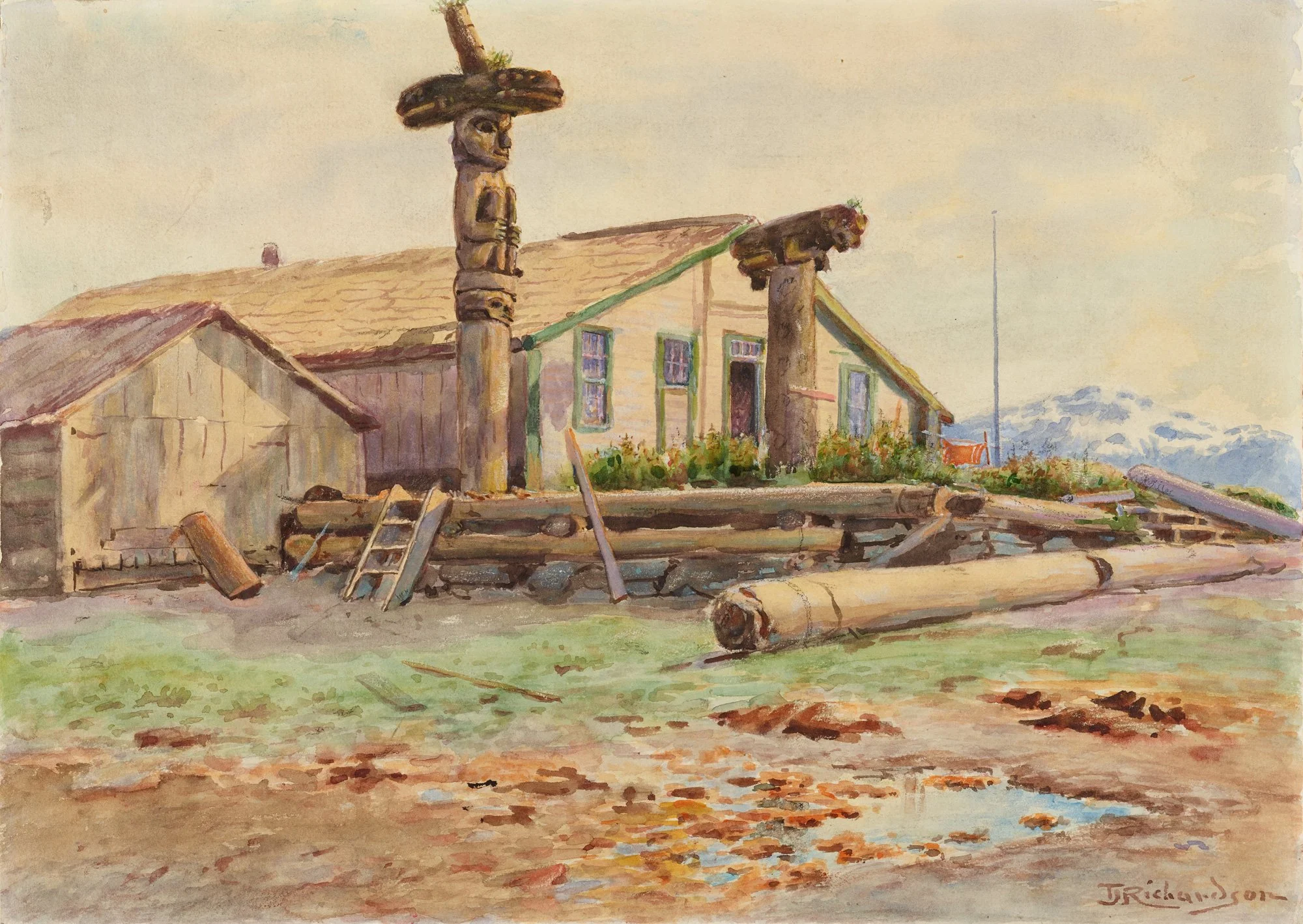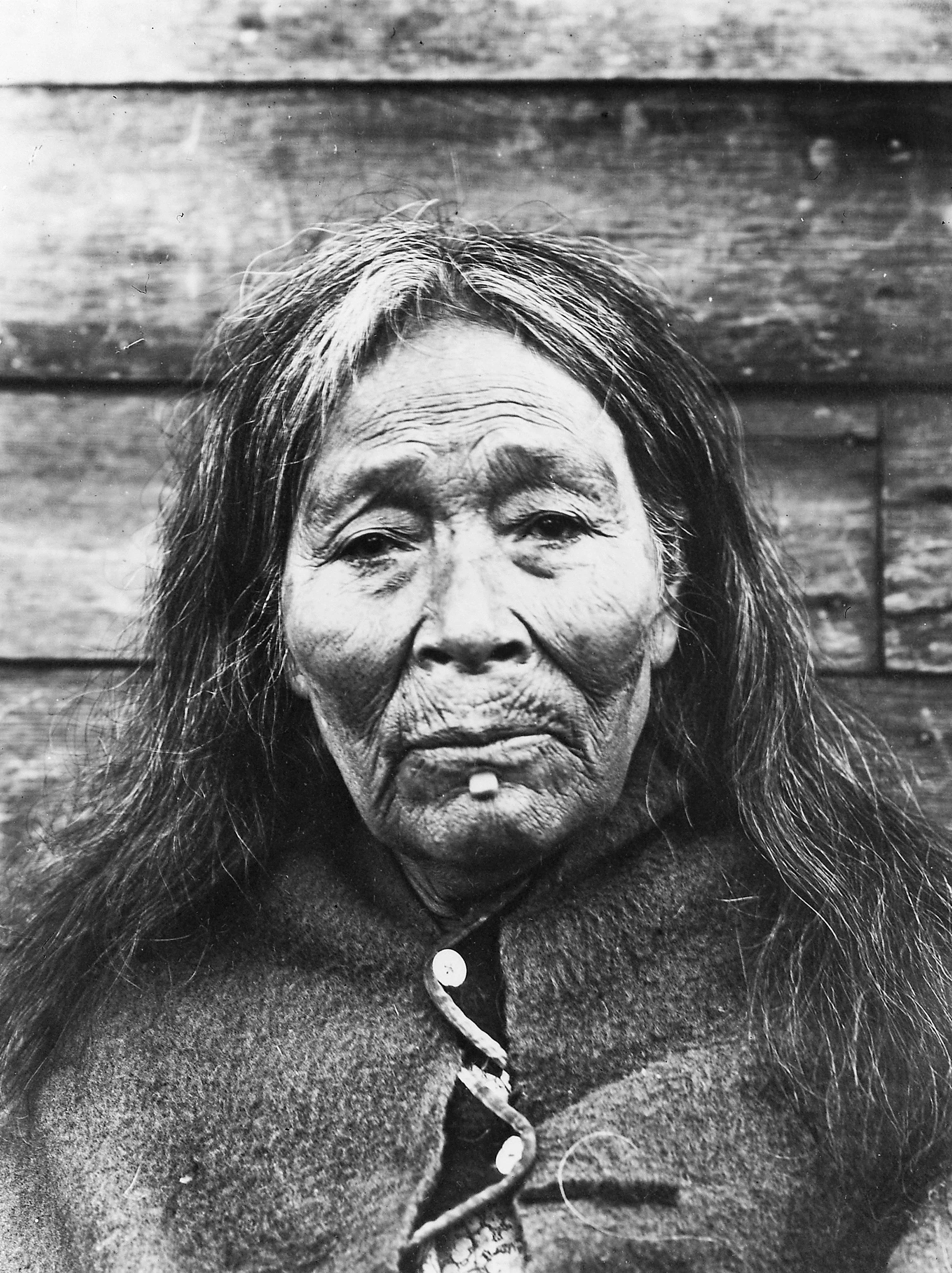
BLog
Flag First: The Life of Edward Ludecke Under the American Flag
Edward Ludecke was an American soldier when the U.S. Army raised the Stars and Stripes over Sitka in 1867. It was an event that changed Alaska and defined his life. This is his story.
Beauty Is All Around: Theodore Richardson’s Paintings of Wrangell
Before there was Bob Ross, Theodore Richardson made his name as a prolific painter of Alaskan landscapes. Over decades, he made trips to Wrangell where he captured these scenes of extraordinary beauty.
Thanks for 5 Years of Wrangell History
Five years ago this month, I released my first podcast episode and officially began this journey as an amateur historian. Here’s what it means to me.
Presidential Passage: Warren G. Harding in Wrangell
President Warren G. Harding’s 1923 “Voyage of Understanding” is the only time a sitting U.S. president has ever visited Wrangell. Though he died a month later, his arrival was a defining moment in what Wrangell means to America.
The Eyes of Skak-Ish-Tin
Skak-Ish-Tin lived to be well over 100 years old. Although much of her life remains a mystery, the stories and images that survive offer glimpses into who she was.
Time Capsule: A.C. Pillsbury’s 1898 Photos of Wrangell
Arthur Clarence Pillsbury was a revolutionary inventor and photographer who captured Wrangell's homes, people, and totems during the Klondike Gold Rush.
War Clouds: Liquor, the Gatling Gun, and the Death of Shegan
As the population of gold miners in Fort Wrangel swelled into the thousands, the death of a Tlingit headman in U.S. Army custody threatened to spark a war that would upend it all.
High Hopes: Wrangell’s Wrecked Ship That Became a Home
When the steamer Hope was abandoned in Fort Wrangel during the Cassiar Gold Rush in 1875, it became part of the formation of the Wrangell waterfront.
LandBack 1899: The Right to Kick
When the Alaska Packers Association seized another salmon stream in 1899, Tlingit leaders from Fort Wrangel wrote a letter in protest, and passed the torch to a new generation.
“We Teach in Alaska:” A Handbook for BIA Teachers in Alaska
We Teach in Alaska is a BIA handbook published between 1957 and 1965. It documents the agency’s policies, practices, and advice for teachers across Alaska’s BIA schools.
LandBack 1898: Kadashan Confronts the Past
In 1898, John Kadashan of Fort Wrangel was among the Tlingit leaders to confront Governor John G. Brady about their stolen fishing streams.
LandBack 1890: The Tlingit Hire a Lawyer
In 1890, President Benjamin Harrison received a letter written by the lawyer representing “the Indians of South Eastern Alaska.” It is recognized as the first legal step in the fight for Alaska Native land claims.












